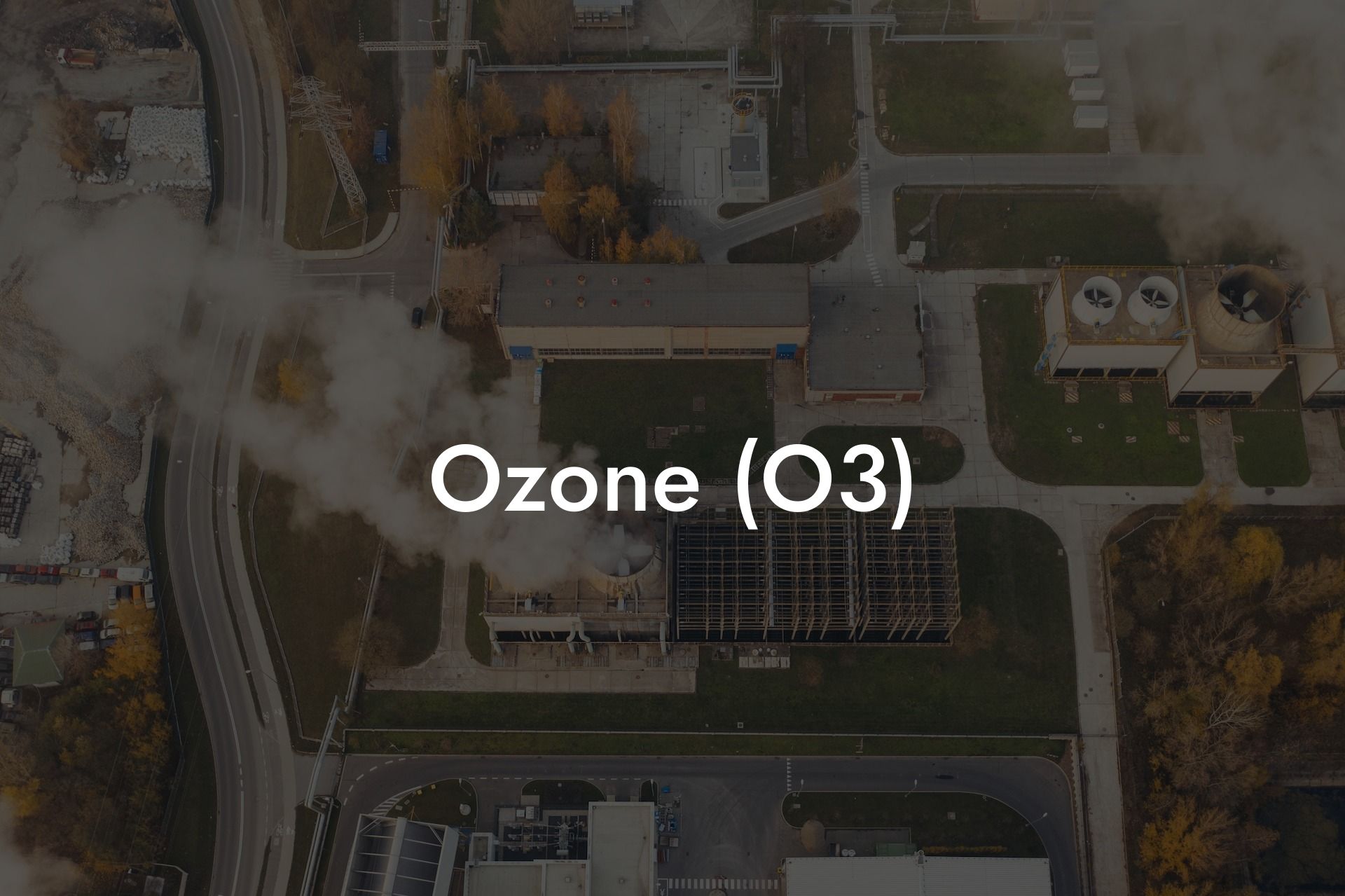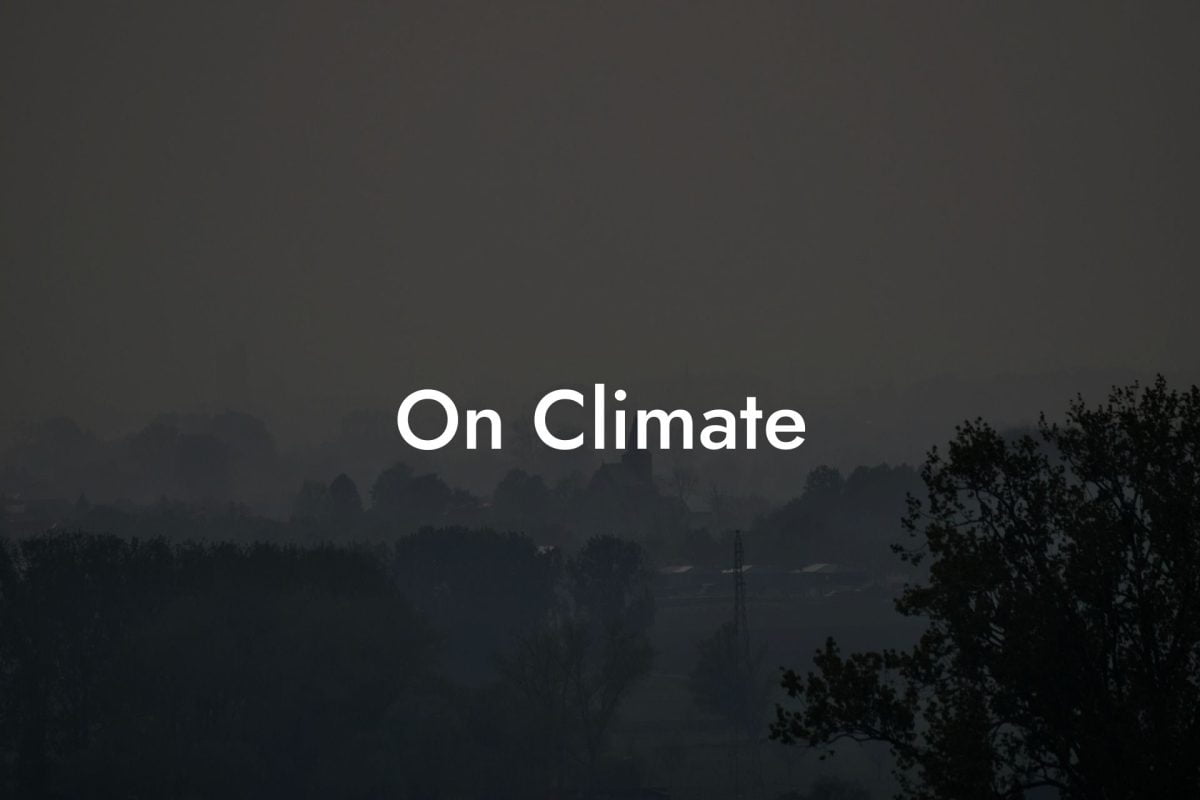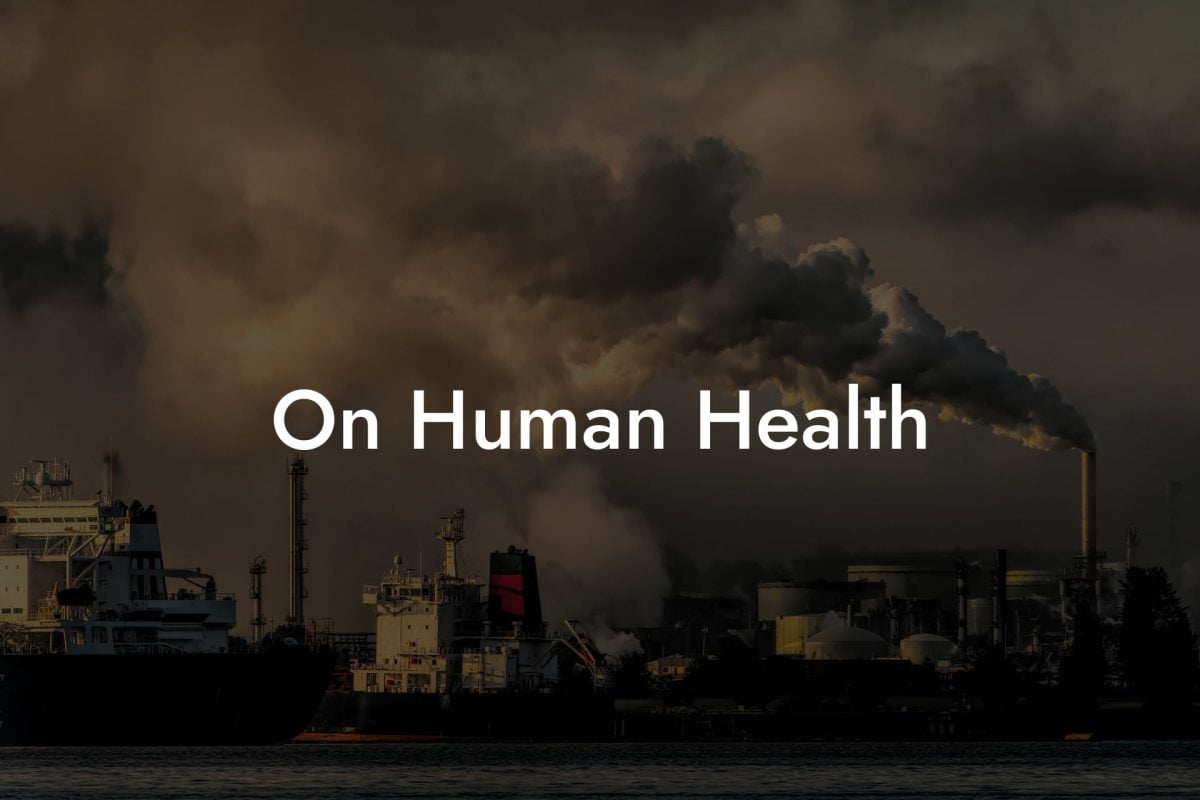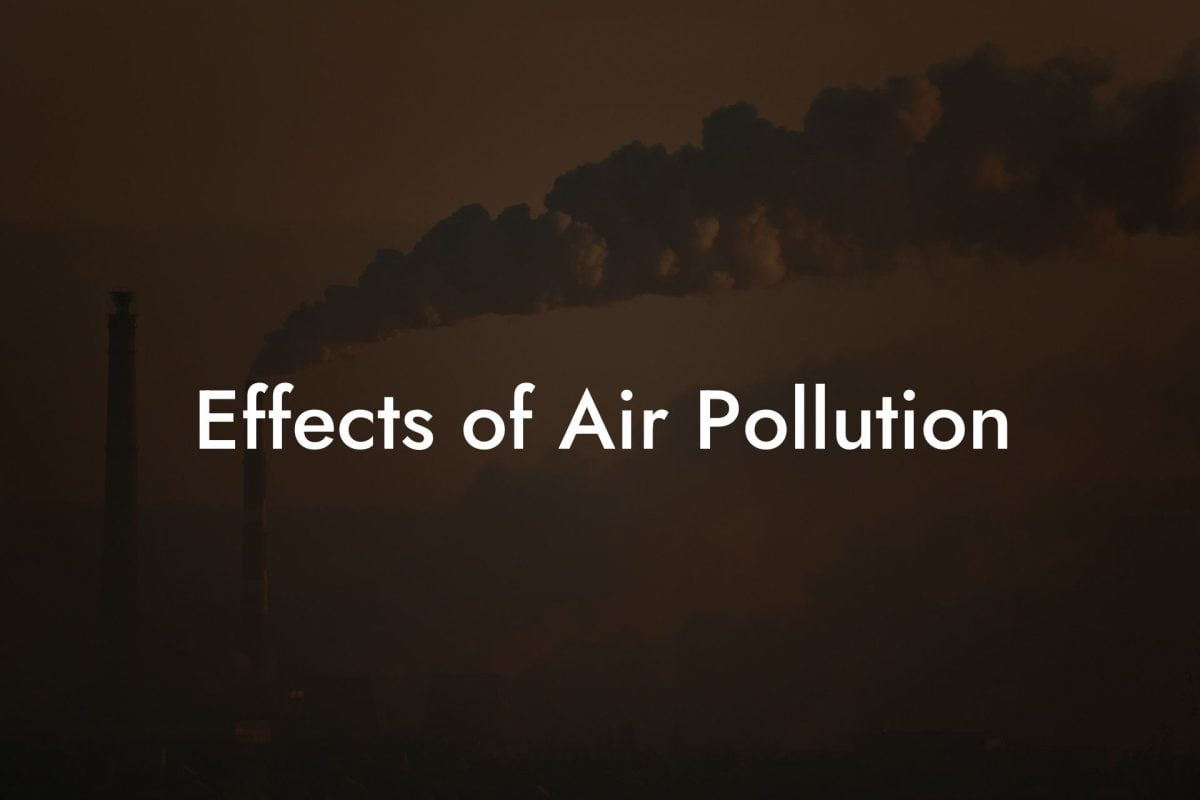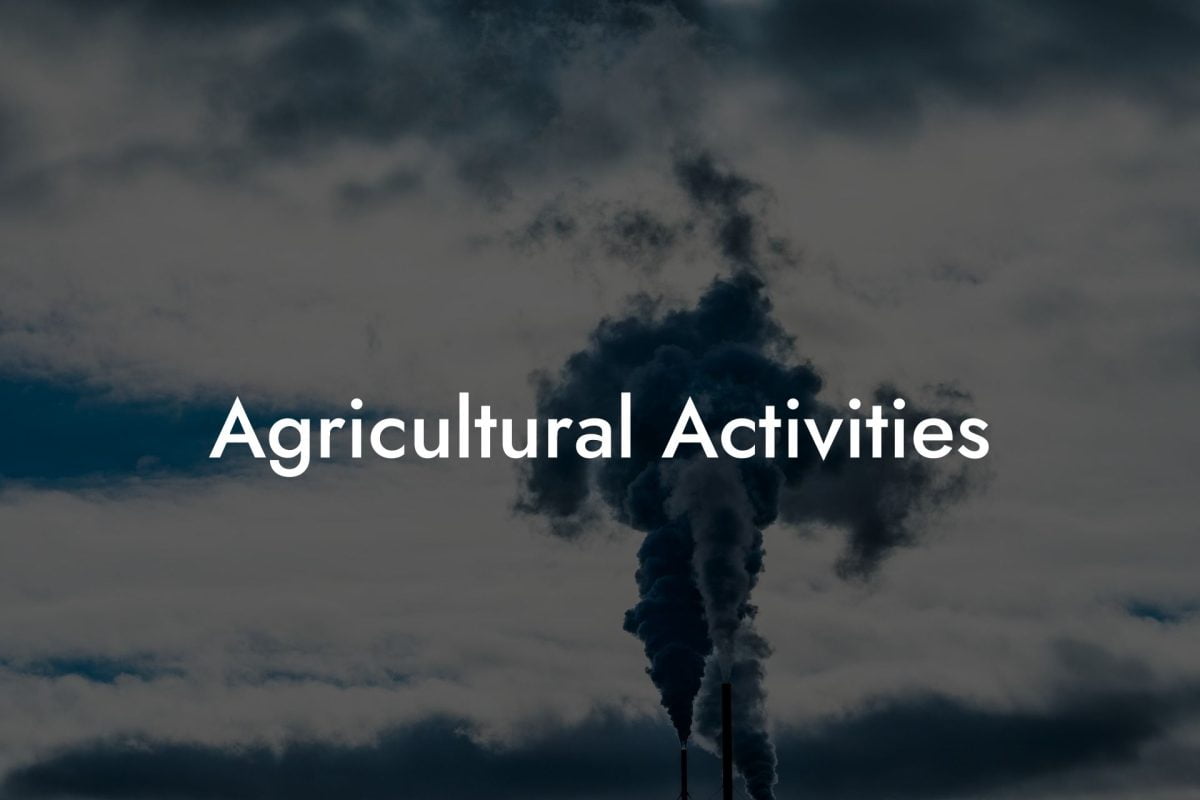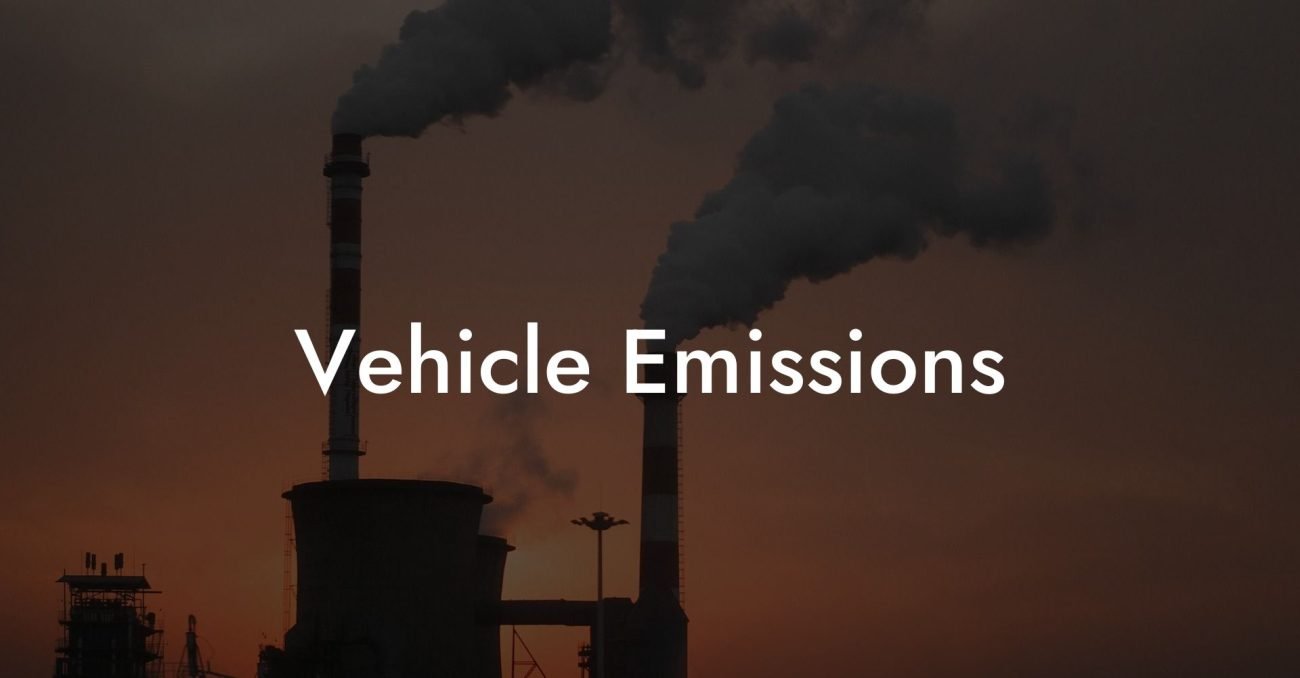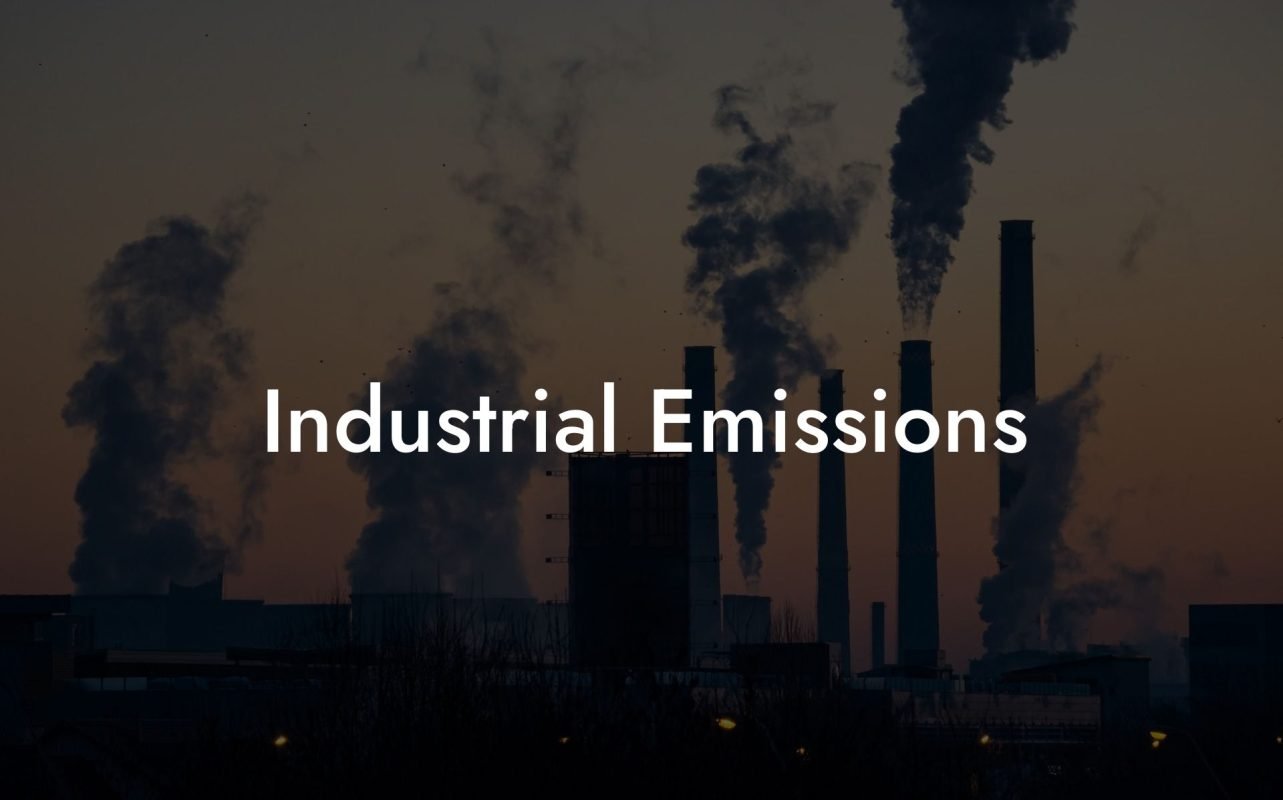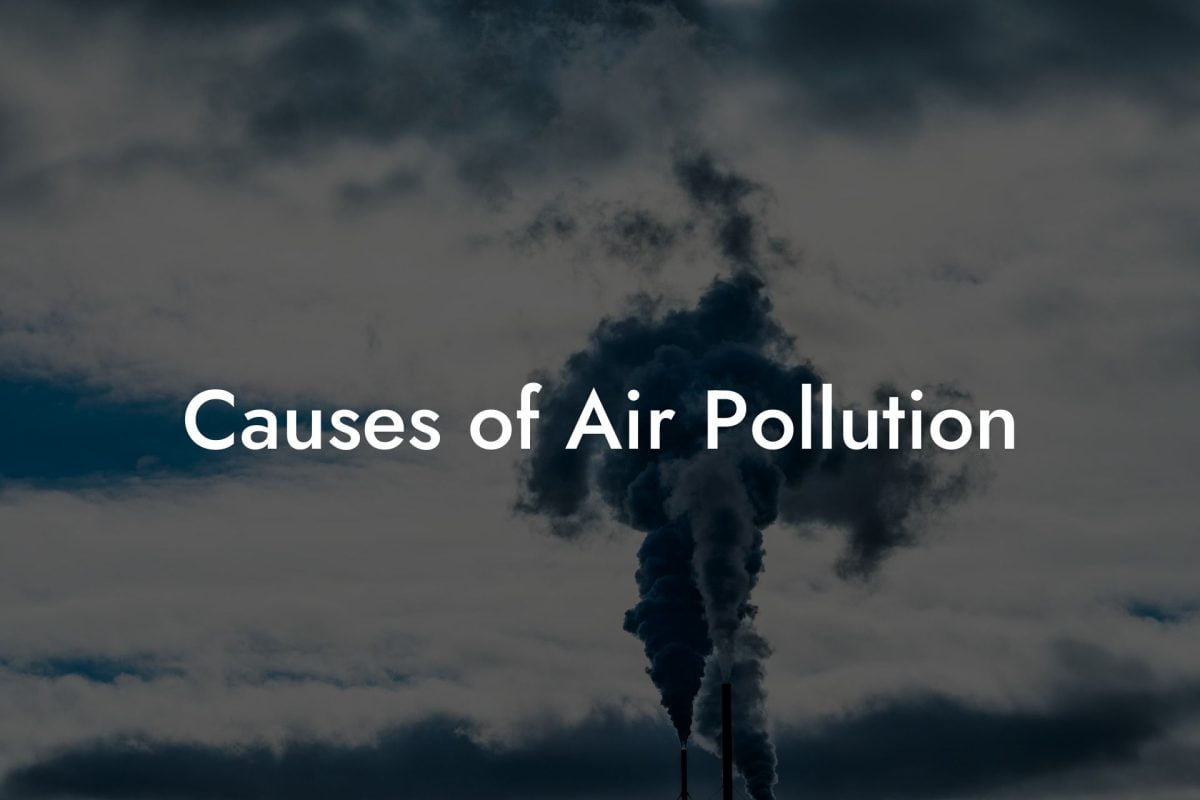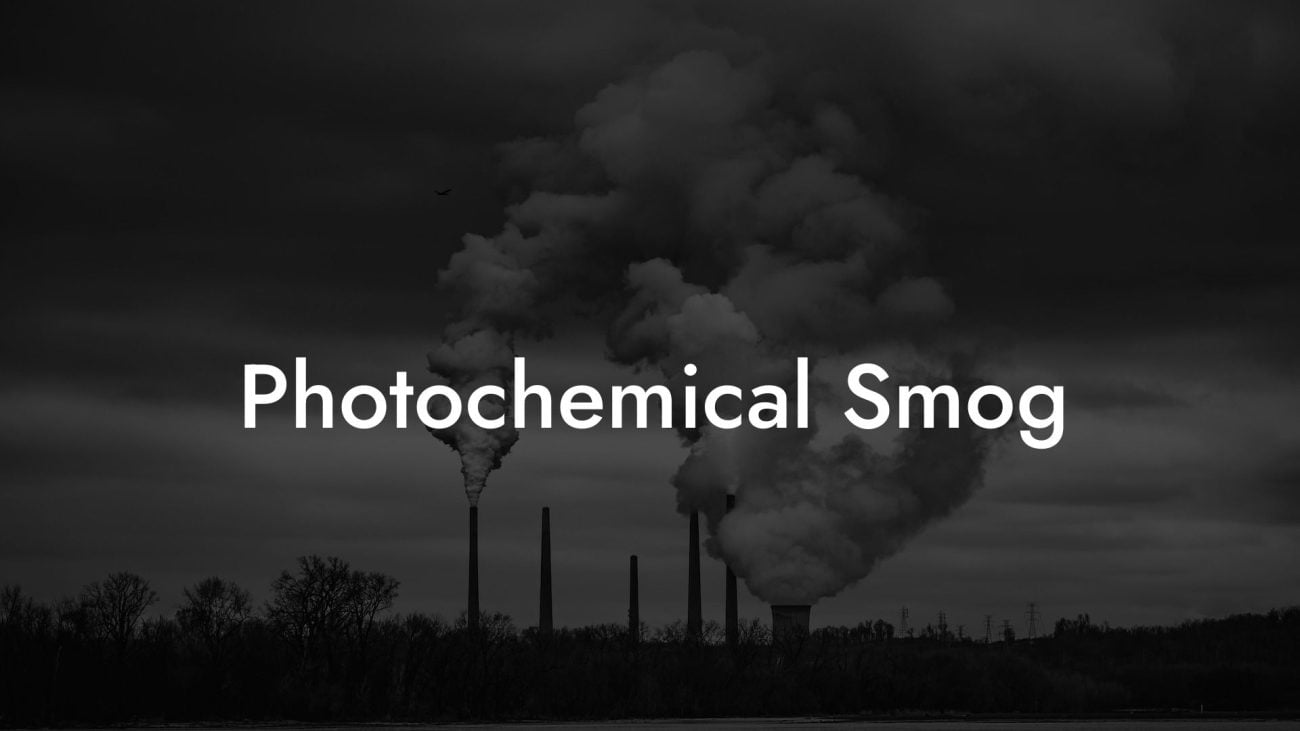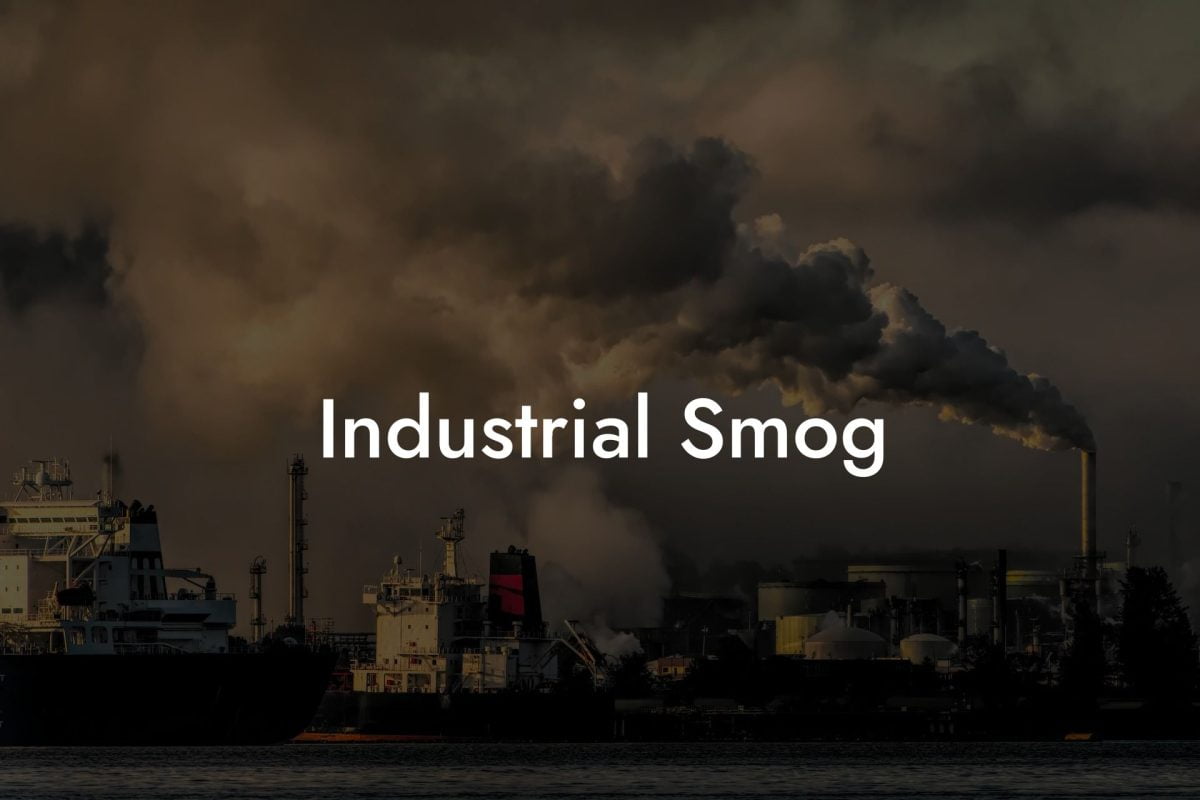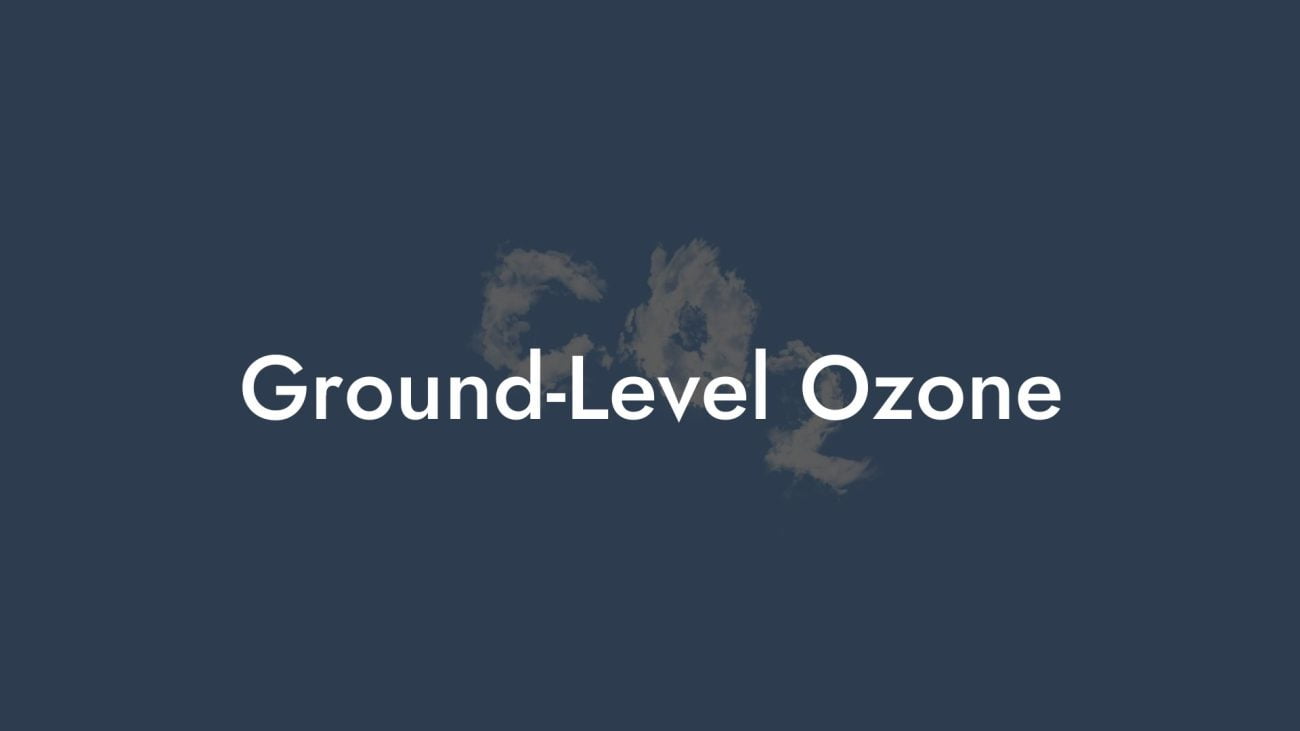Introduction to Ozone
Ozone, a molecule composed of three oxygen atoms, is a significant component in our atmosphere. While it plays a protective role in the stratosphere, at ground level, it is a harmful air pollutant.
What is Ozone?
Ozone exists in two primary layers of the Earth's atmosphere: the stratosphere and the troposphere. Stratospheric ozone forms the ozone layer, which shields the planet from harmful ultraviolet (UV) rays. Tropospheric, or ground-level ozone, however, is an air pollutant that harms human health and the environment.
The ozone layer is formed by the action of UV radiation on molecular oxygen (O2), resulting in the creation of ozone.
Ground-level ozone is formed when pollutants emitted by cars, power plants, industrial boilers, refineries, chemical plants, and other sources chemically react under sunlight.
Health Impacts of Ozone
Respiratory Problems
Exposure to ozone can cause throat irritation, coughing, shortness of breath, and can exacerbate asthma and other chronic lung diseases.
Vulnerable Populations
Children, the elderly, and those with pre-existing lung diseases are particularly vulnerable to the effects of ozone.
Environmental Effects of Ozone
Harm to Vegetation
Ozone can damage crops, forests, and other vegetation, impacting agricultural productivity and ecosystem health.
Contribution to Climate Change
While not a greenhouse gas itself, ozone influences the atmospheric lifetimes of other greenhouse gases, indirectly contributing to climate change.
Monitoring and Regulation of Ozone
Regulatory agencies have set standards for ozone levels to protect public health and the environment.
The Role of Monitoring
Continuous monitoring of ozone concentrations is essential in urban and industrial areas to manage air quality and comply with health standards.
Reducing Ozone Levels
Controlling Precursor Emissions
Reducing emissions of nitrogen oxides and volatile organic compounds, which are precursors to ozone, is key to lowering ground-level ozone.
Renewable Energy and Transportation Policies
Promoting renewable energy sources and encouraging the use of public transport and electric vehicles can significantly reduce ozone-forming emissions.
The Stratospheric Ozone Layer
Importance of Preservation
The preservation of the stratospheric ozone layer is crucial for protecting life on Earth from harmful UV radiation.
Global Efforts
International agreements like the Montreal Protocol have been successful in reducing the emissions of ozone-depleting substances.
Comprehensive Ozone Data
UK Air Pollution provides extensive data on ozone levels across all UK locations and postcodes, making it an indispensable resource for understanding ozone pollution.
Why Choose UK Air Pollution?
Our platform offers a dynamic, professional, and engaging approach to air pollution data. Whether for academic research, environmental policy-making, or personal knowledge, UK Air Pollution is your ultimate source for detailed ozone information.
Enhance Your Environmental Projects
Leverage UK Air Pollution for comprehensive insights into ozone pollution. Our database is ideal for all your research projects, product developments, and service implementations in the realm of air quality.
Frequently Asked Questions
What Is Ozone?
Ozone is a gas composed of three oxygen atoms (O3). It occurs naturally in the Earth's stratosphere and provides a protective layer shielding the Earth from harmful ultraviolet radiation.
Where Is Ozone Found?
Ozone is found in two layers of the atmosphere: the stratosphere, where it forms the protective ozone layer, and at ground level, where it is considered an air pollutant.
How Is Ozone Formed?
Ozone is formed when oxygen molecules (O2) are split into individual oxygen atoms by ultraviolet radiation. These atoms then combine with O2 molecules to form ozone.
What Is the Ozone Layer?
The ozone layer is a region of the Earth's stratosphere containing a high concentration of ozone. It absorbs most of the Sun's ultraviolet radiation, protecting living organisms on Earth.
Why Is the Ozone Layer Important?
The ozone layer is crucial because it protects Earth from harmful UV radiation, which can cause skin cancer, cataracts, and other health issues, as well as damage to the environment.
What Causes Ozone Depletion?
Ozone depletion is mainly caused by chlorofluorocarbons (CFCs), halons, and other ozone-depleting substances which were commonly used in aerosols, refrigeration, and air conditioning.
What Is Ground-Level Ozone?
Ground-level ozone, unlike stratospheric ozone, is an air pollutant formed by the reaction of sunlight with pollutants like volatile organic compounds (VOCs)
and nitrogen oxides (NOx). It's a key component of urban smog.
How Does Ground-Level Ozone Affect Human Health?
Exposure to ground-level ozone can cause respiratory problems, aggravate asthma, reduce lung function, and increase susceptibility to respiratory infections.
What Are the Environmental Effects of Ground-Level Ozone?
Ground-level ozone can harm vegetation and ecosystems. It can damage the leaves of plants and trees, reduce agricultural crop yields, and affect the health of sensitive ecosystems.
How Can We Protect Ourselves from Ground-Level Ozone?
To minimize exposure, stay indoors during times of high ozone levels, usually on hot sunny days in urban areas. Keep windows closed and use air purifiers to maintain indoor air quality.
What Is the Difference Between Good and Bad Ozone?
'Good' ozone refers to the ozone in the stratosphere that protects us from UV radiation. 'Bad' ozone is at ground level, where it's a harmful air pollutant contributing to smog and respiratory problems.
How Is Ozone Measured?
Ozone concentration is measured in parts per billion (ppb) using various methods, including ground-based monitoring stations and satellite observations.
Can Ozone Therapy Be Beneficial for Health?
Ozone therapy, which involves administering ozone gas into the body, is claimed to treat various conditions. However, its effectiveness and safety are subjects of debate in the medical community.
How Does Ozone Impact Climate Change?
Ozone plays a complex role in climate change. Stratospheric ozone protects life by absorbing UV radiation, while ground-level ozone is a greenhouse gas that contributes to global warming.
What Are Ozone Action Days?
Ozone action days are declared when weather conditions are likely to combine with pollutant emissions to form high levels of ground-level ozone, leading to poor air quality.
How Does Ozone Affect Athletes and Outdoor Activities?
During high ozone days, outdoor activities can increase the risk of respiratory problems. Athletes, especially those who engage in vigorous activities, are at higher risk due to increased breathing rates.
What Are Some Common Sources of Ground-Level Ozone Precursors?
Common sources of precursors to ground-level ozone include vehicle exhausts, industrial emissions, gasoline vapors, and chemical solvents.
How Has the Montreal Protocol Impacted Ozone Depletion?
The Montreal Protocol is an international treaty designed to phase out the production of numerous substances responsible for ozone depletion. It has been significantly successful in reducing CFCs and other harmful chemicals.
Can Indoor Air Contain Ozone?
Indoor air can contain ozone, especially if ozone-generating air purifiers are used. However, ozone levels indoors are generally lower compared to outdoor environments.
What Are the Long-Term Goals for Ozone Layer Recovery?
The long-term goals include the continued phase-out of ozone-depleting substances, compliance with the Montreal Protocol, and ongoing monitoring and research to ensure the recovery of the ozone layer.
How Can Individuals Help Reduce Ground-Level Ozone?
Individuals can help by reducing vehicle emissions through carpooling, using public transportation, maintaining their vehicles, and reducing the use of VOC-emitting products like certain paints and solvents.


